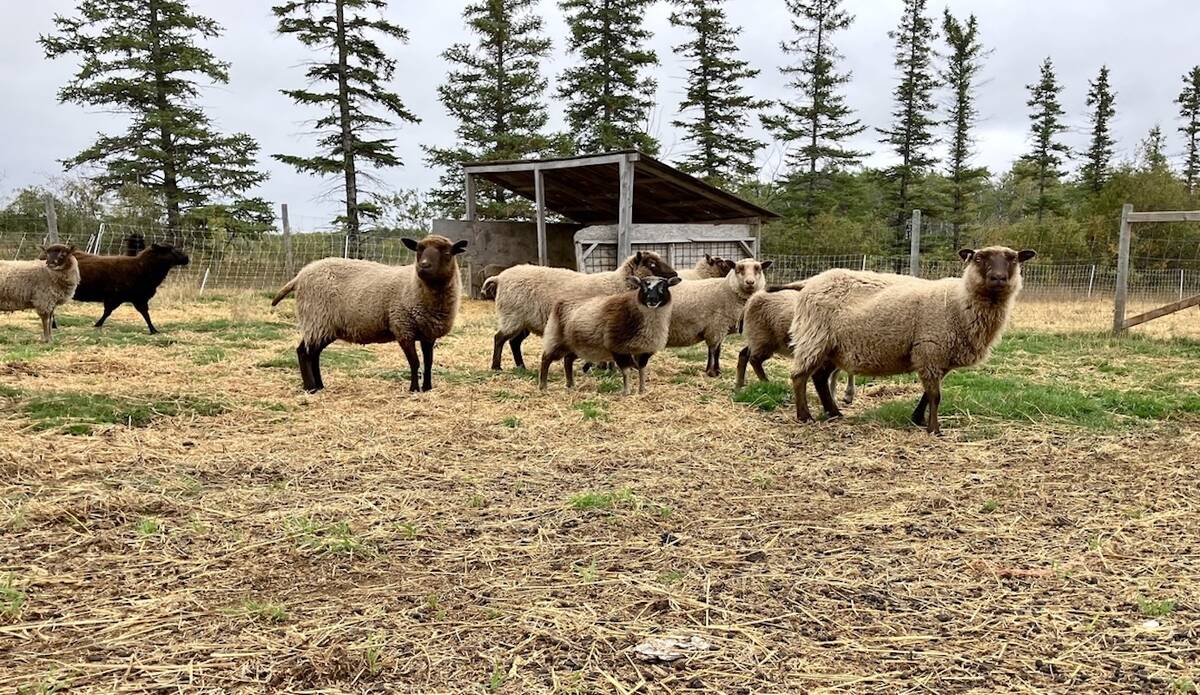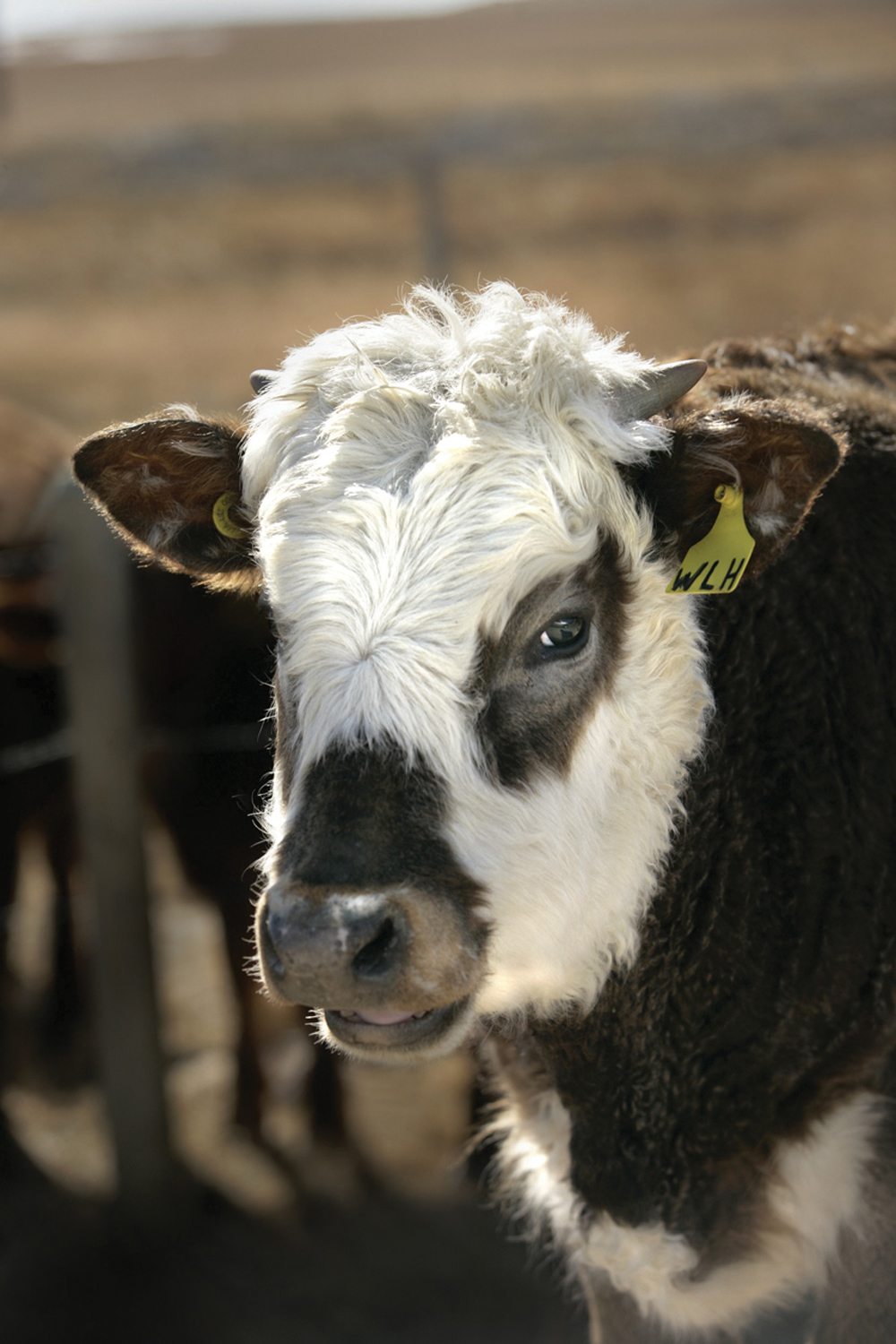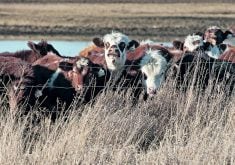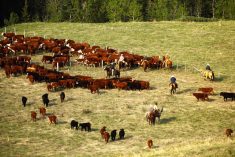Resistance is something we currently hear a lot about in agriculture, including the issue of parasite resistance in beef cattle.
This raises questions about parasite management decisions. How can livestock operators effectively manage internal parasites in their herds? What can they do to reduce the risk of parasite resistance?
Parasites are a normal part of the gut flora of pastured cattle. Left unmanaged, however, internal parasites can cause insidious production losses including a reduction in weights.
Grazing management, proper biosecurity protocols, monitoring parasite loads, and strategic deworming are all tools producers can use to manage for parasites, Dr. John Gilleard, of the University of Calgary’s faculty of veterinary medicine, said during a recent BCRC webinar.
Read Also

Mosquito-borne virus could be devastating to sheep breeding operations
Cache Valley virus, a mosquito-borne disease that infects small ruminants, could be a devastating hit to small operations.
He also suggested following the ‘Five C’s’:
- Correct product: Using two separate classes of parasite control products with two different modes of action (i.e. fenbendazole and ivermectin) is most effective.
- Correct animal: Different classes of cattle have different parasite challenges. Work with a veterinarian to identify the unique needs of your cows, grass stocker cattle, weaned calves, or feeder cattle.
- Correct dosage: Parasite control drugs are administered based on weight. Using the incorrect dosage, particularly underdosing, may put a herd at risk of resistance. If in doubt, round up to ensure the animal receives enough product. However, it is best to weigh each animal and determine each dose accordingly.
- Correct timing: Fall-only application of a dual internal/external parasite pour-on product may not adequately protect cattle against internal roundworms. Spring and fall application of an internal parasite product (i.e. fenbendazole) may be necessary, but this should be based on a herd risk analysis.
- Check for efficacy: Conducting fecal egg counts in manure samples following control will help you determine if your strategy is working. Because a herd’s parasite load is not evenly distributed, some animals, particularly those in good condition, may be unaffected by parasites. Producers may opt to leave 10 to 20 per cent of their healthiest cattle untreated to slow the rate of resistance development.
The webinar can be found at the Beef Cattle Research Council website by clicking on ‘Managing Internal Parasites.’ (Gilleard’s presentation begins about 13 minutes into the webinar.)
For more information on parasite management, search for ‘internal parasites’ on the BCRC website.















